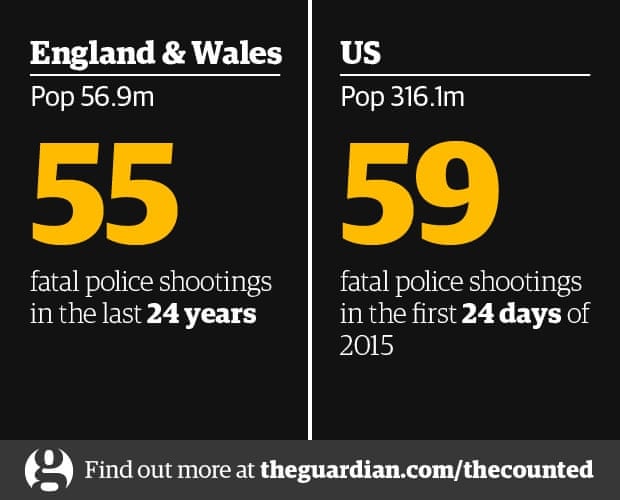Her effort got me thinking more about use-of-force training. After learning recently that Round Rock PD's training included tactics derived from urban warfare settings in Iraq and Afghanistan, Grits has taken a renewed interest in the subject.
Either more or improved training is frequently something police chiefs and city councils offer local advocates demanding reform after some bad shooting incident. The problem is, there's a lot of bad training out there and advocates have no way to judge it.
Most use of force training does not emphasize deescalation, instead insisting that officers must bring suspects under immediate, physical control by essentially any means at their disposal. Some training outfits bring crappy ideas back from combat settings in Iraq and Afghanistan and teach them as "cutting edge" techniques to domestic law enforcers. Others focus on teaching officers how to characterize shootings and use of force after the fact in ways that will legally justify their actions in court.
Those sorts of training to me do not count as reform. But since training is offered during a moment of crisis and trainers are chosen many months later with little or no oversight, it's often what passes for reform when "training" is suggested as a solution.
A Police Executive Research forum (PERF) survey of police departments last year found relatively little time spent on deescalation, crisis intervention, or communications skills, especially during in-service training for active officers, with firearms training, defensive tactics, and con law dominating trainees' time.
Police need more training but they also need better training. To the extent force-maximizing instruction can be eliminated and replaced by trainers who emphasize deescalation techniques, that's also a fix that's sorely needed. But opacity surrounding the process (it's not like curricula are made public or outsiders can be in the room), coupled with layfolk's limited capacity to analyze its contents, makes replacing bad training with good a difficult judgment for advocates or even city managers to make, particularly when police administrators are promoting more aggressive approaches.
Even experts who attempt to analyze training regimens may find little rhyme or reason to what they see. As it turns out, police use of force training is all over the map. This morning, Grits ran across this massive 2011 federal study which surveyed training regimens at more than 600 local law enforcement agencies. Upon analyzing use-of-force instruction contents, they found:
123 different permutations were detected, ranging from 3 to 9 different levels. Overall, there is no “commonly” used means of tactical placement in force continuum policies (i.e., where various forms of hands-on and weapons should be placed in relation to varying forms of suspect resistance). Law enforcement agencies apparently do not rely on empirical evidence in determining which approach is best or even better than another.Yikes! Grits attributes this directly to the opacity surrounding training and the difficulties of providing external oversight. Law enforcement agencies aren't being held accountable for having good training and their failures result as much from ineptitude as malignity. Even they don't know how to judge what good training looks like! It's hard to know how to crack that nut. Who would perform such an oversight function?
In jurisdictions with some sort of "Police Monitor," like in Austin, that entity could be tasked with such oversight duties. Austin's current police monitor, former Travis County Sheriff Margo Frasier, is excellent and well-qualified for the job. She has made the most out of an office with inherently limited powers. But past Austin police monitors were pretty worthless and the difference appears to be a function of the individual monitor's want-to more than anything else. Strong oversight mechanisms don't depend on the personality of any one actor.
This function could be handed to civilian review boards, but they're even less equipped to second guess management's training decisions, as well as generally toothless and ineffective. There's a lot of local advocacy energy right now, but the folks protesting outside the police department generally aren't qualified nor capable of independently assessing training curricula. They'd need help for community oversight to effectively engage in that task.
It would be a big project, but Grits would like to see somebody like the Police Executive Research Forum, some academic center, or maybe Black Lives Matter's Campaign Zero - some national entity who would be seen as centrally authoritative - analyze curricula of independent trainer consultants and create a whitelist of training that sufficiently emphasizes deescalation (or alternatively, a list of the crappy ones to avoid). There needs to be some guidance for law enforcement and civilian authorities, much less outside advocates, on how to separate wheat from chaff when it comes to use-of-force training.
If it's true that "Law enforcement agencies apparently do not rely on empirical evidence in determining which [training] approach is best or even better than another," then there's a lot of work to be done in this area.





.jpg)